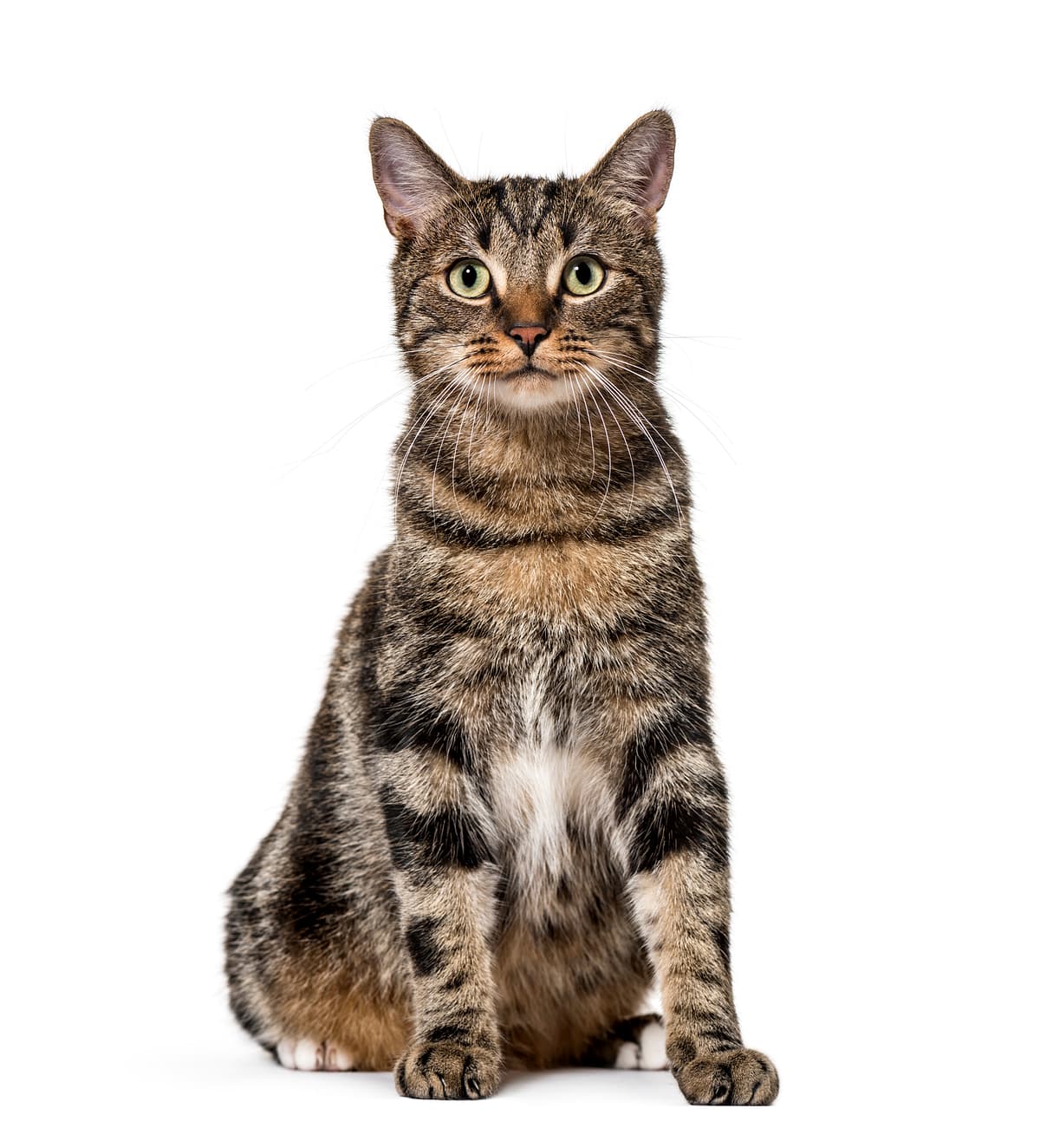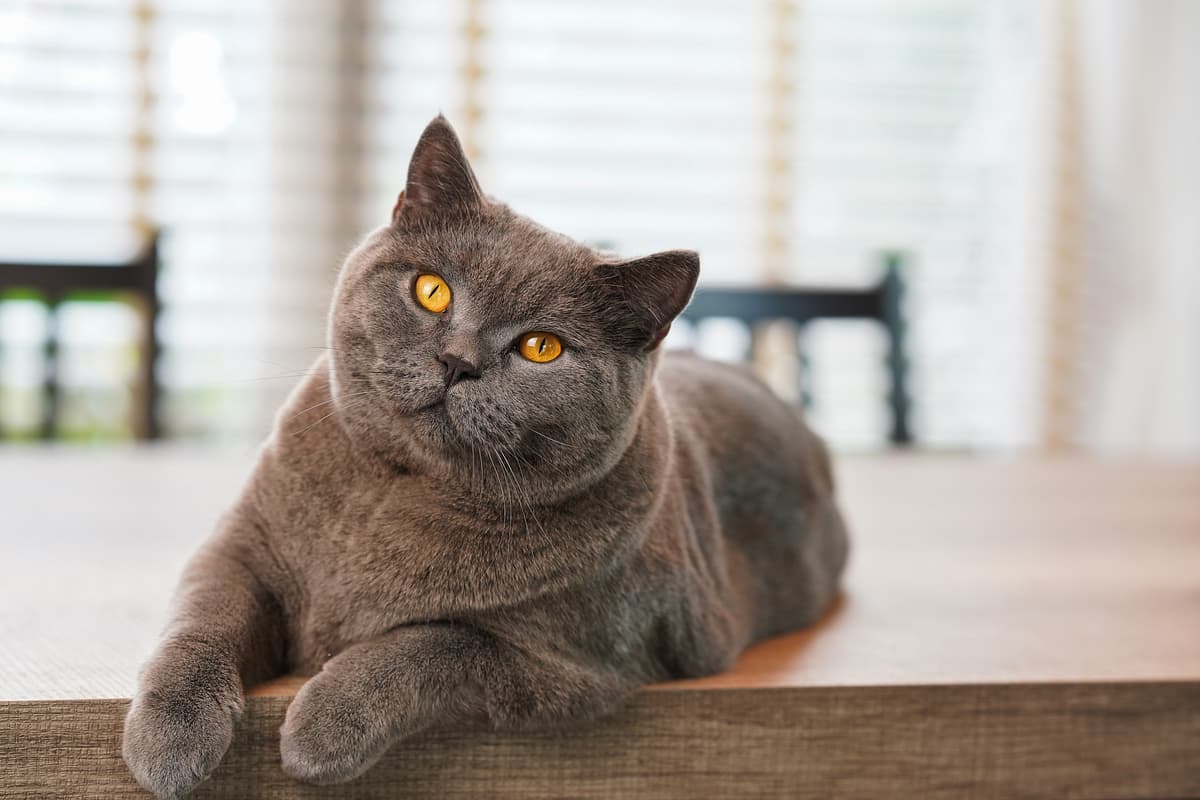Mixed breed vs British Shorthair
Discover the differences between Mixed breed and British Shorthair to make the best choice for your situation.
Try different breeds

Mixed breed
Mixed breed cats combine a variety of personalities, often resulting in playful, adaptable, and affectionate companions. Their diverse backgrounds make them well-suited to families and individuals alike.

British Shorthair
Round-faced, plush-coated, and calm, this breed charms with its affectionate yet independent nature. Adaptable and gentle, it thrives as a loving companion in any home.
Quick comparison
Medium
3.5–6 kg
Shorthaired, variable density
12–16 years
3–5 kg
Moderately active
Large
5–9 kg
Shorthaired, plush
12–17 years
4–7 kg
Low activity needs
Personality & behavior
Compare the personality traits and behavioral characteristics of both breeds.
Mixed breed
Generally sociable with people and other pets
Learns routines and problem-solving tasks quickly
Moderate activity needs, varies by individual
Enjoys interactive play and exploring surroundings
Adjusts well to new environments and changes
British Shorthair
Calm and gentle with people and children
Learns routines and commands fairly quickly
Usually low-energy, prefers lounging to running
Enjoys toys but not overly active
Adjusts well to new environments and changes
Care needs
Exercise, grooming, and daily care requirements
Mixed breed
Dental disease, obesity
British Shorthair
Hypertrophic cardiomyopathy, gingivitis
Suitability
How well each breed fits different living situations and families
Mixed breed
Easy to manage
Mixed breed cats are typically adaptable and have varied, manageable temperaments.
Highly adaptable
They usually adjust well to smaller spaces and indoor environments.
Flexible companion
Mixed breeds can match a wide range of activity levels in active households.
Generally suitable
Many mixed breeds are tolerant and gentle with respectful children.
Usually sociable
They often coexist peacefully with other pets, depending on individual temperament.
May struggle alone
Some may develop stress or boredom if left alone for extended periods.
British Shorthair
Great choice
British Shorthairs are easygoing and forgiving, making them manageable for new cat owners.
Very suitable
Their calm nature and moderate activity level suit smaller living spaces well.
Not ideal
They prefer a calm environment and may be overwhelmed by constant activity.
Perfect fit
Their gentle and patient temperament makes them safe around young children.
Highly suitable
They usually get along with other pets due to their non-territorial attitude.
May get lonely
Extended solitude can lead to boredom or stress for this affectionate breed.
Breed strengths
What each breed excels at and their best qualities
Mixed breed
- Wide genetic diversity reduces inherited diseases risk
- Adaptable to various living environments
- Often have balanced, resilient temperaments
- Usually lower grooming requirements than purebreds
- Can display hybrid vigor and physical health
British Shorthair
- Calm and easygoing temperament
- Tolerates children and other pets well
- Low grooming needs due to dense coat
- Adaptable to indoor living environments
- Generally robust and healthy breed
Challenges & considerations
Potential challenges and considerations for each breed
Mixed breed
- Unpredictable adult size and coat type
- Temperament can be harder to anticipate
- May have unknown medical background
- Less consistent appearance or personality traits
- Some may need extra socialization early
British Shorthair
- Can be prone to obesity if overfed
- May dislike being carried or cuddled
- Needs mental stimulation to prevent boredom
- Can develop dental issues without care
- May be reserved with unfamiliar people
Ready to choose your perfect breed?
Learn more about each breed or compare other breeds to find the perfect match for your lifestyle.
Discover more helpful tools
Make use of our other free tools to get the most out of your pet experience
